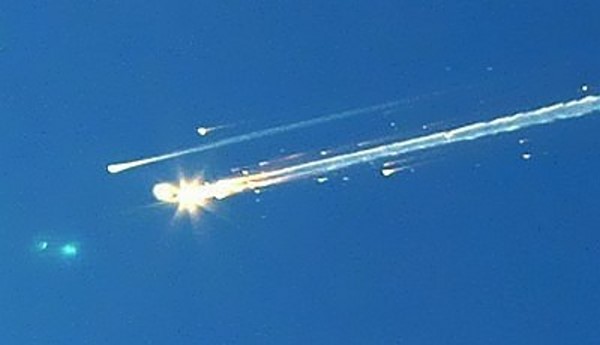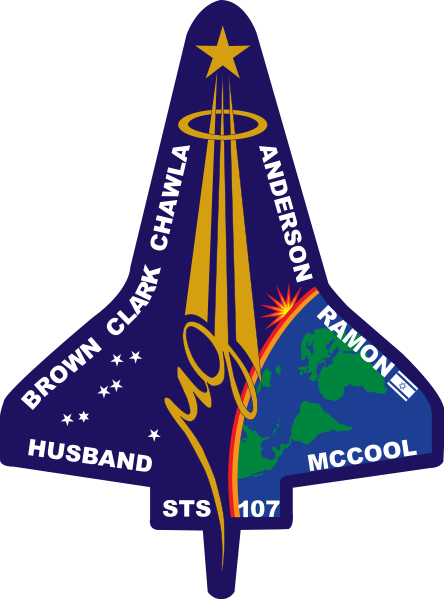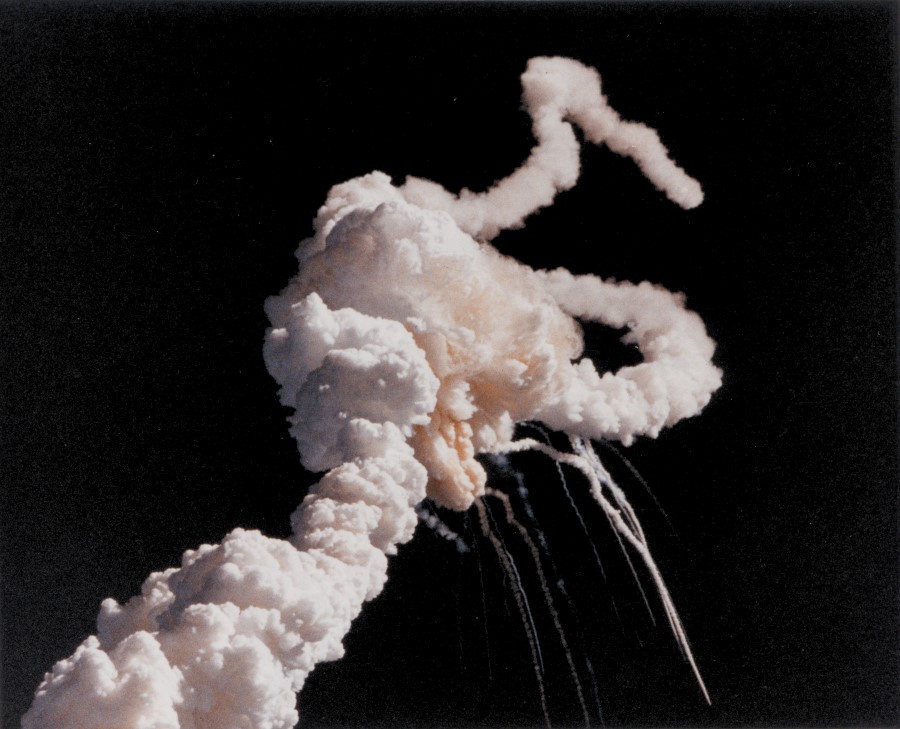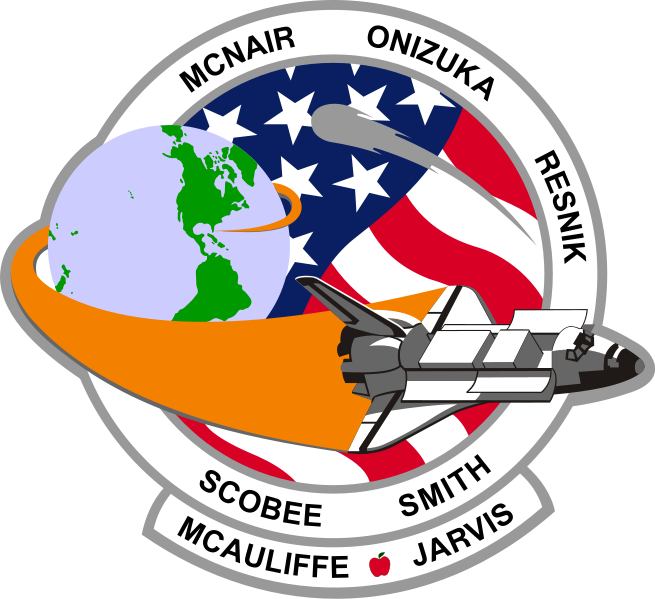|
The UFO Files |
|
|
February 1, 2003 ..
The Space Shuttle Columbia disaster occurred on February 1, 2003, when the Space Shuttle Columbia disintegrated over Texas stretching from Trophy Club to Tyler and into parts of Louisiana during re-entry into the Earth's atmosphere, resulting in the death of all seven crew members, shortly before it was scheduled to conclude its 28th mission, STS-107. The loss of Columbia was a result of damage sustained during launch when a piece of foam insulation the size of a small briefcase broke off the Space Shuttle external tank (the main propellant tank) under the aerodynamic forces of launch. The debris struck the leading edge of the left wing, damaging the Shuttle's thermal protection system (TPS), which protects it from heat generated with the atmosphere during re-entry. While Columbia was still in orbit, some engineers suspected damage, but NASA managers limited the investigation, on the grounds that little could be done even if problems were found. Source: Space Shuttle Columbia Disaster - Wikipedia Related Links:
|
|
|
|
|
January 28th, 1986 ..
On January 28, 1986, the Space
Shuttle Challenger and her seven-member crew were
lost when a ruptured
O-ring in the right Solid Rocket Booster caused an
explosion soon after
launch. This photograph, taken a few seconds after
the accident, shows
the Space Shuttle Main Engines and Solid Rocket
Booster exhaust plumes
entwined around a ball of gas from the External
Tank. Because shuttle launches
had become almost routine after twenty-four
successful missions, those
watching the shuttle launch in person and on
television found the sight
of the explosion especially shocking and difficult
to believe until NASA
confirmed the accident.
|
|
|
January 28th, 1986 .. January 28th, 1986 at 11:39am EDT - The Space Shuttle Challenger Explodes on its 10th flight during mission STS-51-L. The explosion occurred 73 seconds after liftoff and was actually the result of rapid deceleration and not combustion of fuel. CNN was the only national news station to broadcast the mission live, so thus what you are witnessing on this video is the only coverage of the disaster as it happened when it did. Approximately 17% of Americans witnessed the launch live, while 85% of Americans heard of the news within 1 hour of the event. According to a study, only 2 other times in history up to that point had news of an event disseminated so fast - the first being the announcement of JFK's assassination in 1963, the second being news spread among students at Kent State regarding the news of FDR's death in 1945. It has been estimated at the time that nearly 48% of 9-13 year olds witnessed the event in their classrooms, as McAuliffe was in the spotlight. The 25th Space Shuttle mission altered the history of manned space exploration and represented the first loss of an American crew during a space mission (Apollo 1 was during a training exercise). Christa McAuliffe was slated to be the first teacher in space for the Teacher in Space Program. As her maximum altitude was ~65,000ft (12.31 miles), she never made it to space. That title was given to Barbara Morgan of STS-118 aboard the shuttle Endeavour in August 2007, 22 and a half years after the Challenger Disaster. Morgan served as McAuliffe's backup during STS-51-L. As Morgan is now part of the Educator in Space Program, she will be credited as the first "educator" in space, to distinguish her from McAuliffe. Aboard Challenger during STS-51-L: Francis "Dick"
Scobee (Commander)
|
|
|
February 1, 2010 .. On a chilly January morning 24 years ago, Corydon optometrist Jack Moss raised his new video camera to the sky over central Florida and captured one of the darkest moments in American space exploration the explosion of the shuttle Challenger. In the videotape, a stream of white smoke behind the climbing shuttle shoots into view but Moss, his wife and a neighbor noticed immediately that More..something was amiss when the channel separated into two streams. Thats trouble of some kind, Moss can be heard saying. That didnt look right. Moments later, someone is heard telling Moss that the Challenger had blown up. From Louisville Courier Journal More info:
"High Flight" Oh! I have slipped the
surly bonds of Earth and danced the skies on
laughter-silvered wings; sunward Ive climbed, and
joined the tumbling mirth of sun-split clouds —
and done a hundred things you have not dreamed of
— wheeled and soared and swung high in the sunlit
silence. Hovring there, Ive chased the shouting
wind along, and flung my eager craft through
footless halls of air.... Up, up the long,
delirious, burning blue Ive topped the wind-swept
heights with easy grace — where never lark nor
even eagle flew — and, while with silent lifting
mind Ive trod the high untrespassed sanctity of
space, put out my hand, and touched the face of
God. SOURCE: Channel 8 News George Knapp Related Links:
|
|
|
|
| FAIR USE NOTICE: This page contains copyrighted material the use of which has not been specifically authorized by the copyright owner. Pegasus Research Consortium distributes this material without profit to those who have expressed a prior interest in receiving the included information for research and educational purposes. We believe this constitutes a fair use of any such copyrighted material as provided for in 17 U.S.C § 107. If you wish to use copyrighted material from this site for purposes of your own that go beyond fair use, you must obtain permission from the copyright owner. | |
|
|




